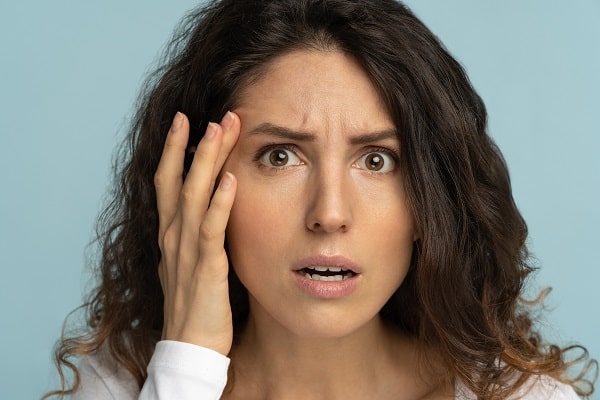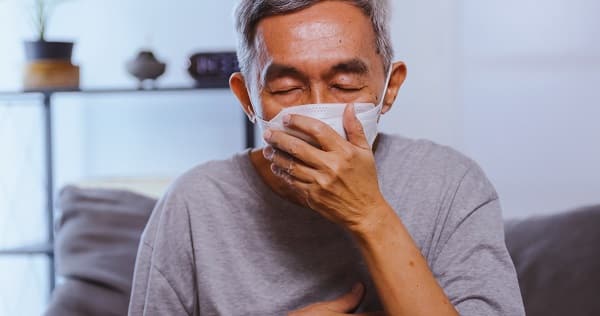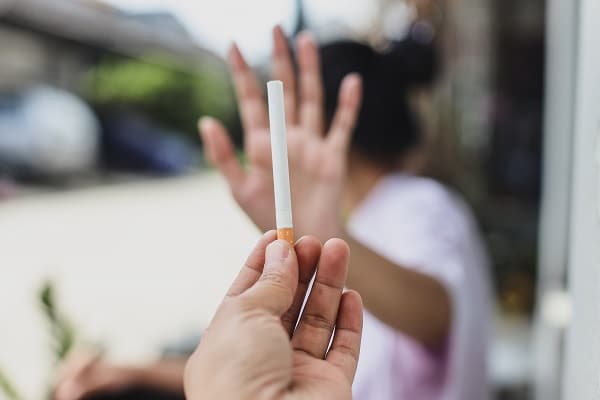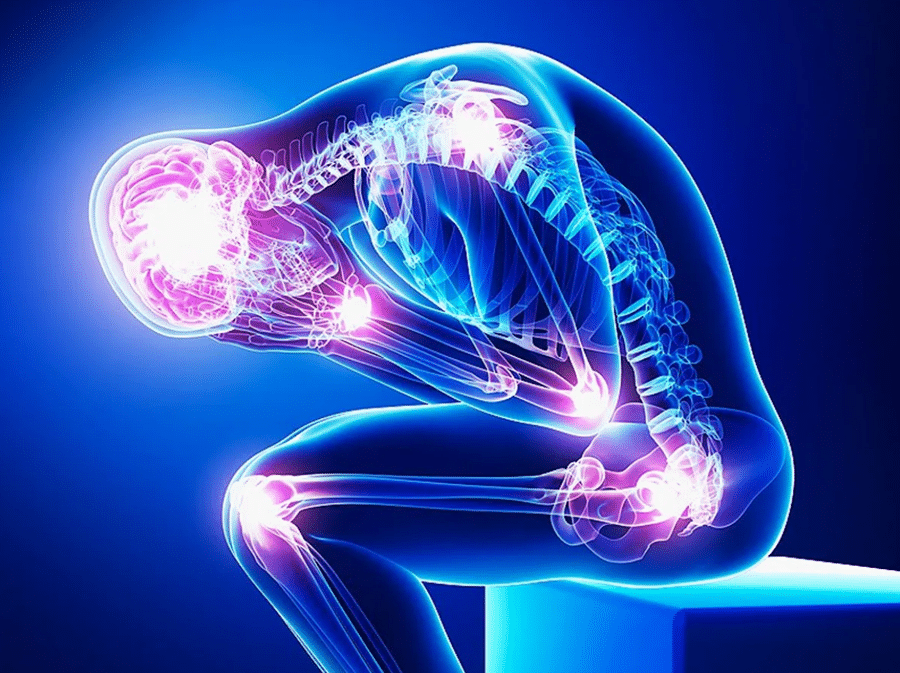The World Health Organization estimates that tobacco kills more than 8 million people yearly, with a significant percentage belonging to older age groups. Nicotine, the addictive substance in tobacco products, has long been studied for its various health impacts. As the global population ages, understanding how nicotine affects aging becomes increasingly crucial. This article aims to delve into how nicotine impacts aging, from cellular deterioration to its effects on skin and cognitive function. By the end of this read, you’ll have a comprehensive understanding of why it’s essential to consider the aging effects of nicotine consumption.
Contents
What Is Nicotine?

Nicotine is an alkaloid found in the nightshade family of plants, predominantly in tobacco. It is a stimulant that affects the nervous system, leading to increased heart rate and blood pressure. The substance has been consumed for centuries, initially as tobacco leaves and later evolving into cigarettes, cigars, and modern-day vaping devices. Its addictive nature makes it one of the world’s most commonly consumed psychoactive substances.
The history of nicotine dates back to as early as 6000 BC when tobacco was cultivated for medicinal and ceremonial purposes. Over time, its use spread globally, becoming a significant public health concern. Today, nicotine is not confined to cigarettes; it’s found in various forms like chewing tobacco, snuff, and electronic cigarettes, making it more accessible and increasing the risk of its consumption among different age groups.
The Science Of Aging

Aging is a complex biological process involving various cellular and molecular changes. At the cellular level, aging is often associated with the shortening of telomeres, the protective caps at the end of chromosomes. As cells divide, these telomeres shorten, leading to cellular aging and cell death. Oxidative stress, another factor, results from an imbalance between free radicals and antioxidants in the body, causing DNA and cellular damage.
Understanding the science of aging is crucial when examining how external factors like nicotine can accelerate this process. For instance, substances that induce oxidative stress can speed up telomere shortening and contribute to premature aging. This sets the stage for discussing how nicotine, as an external factor, can exacerbate the natural aging process, affecting everything from your skin to your cognitive and cardiovascular health.
Nicotine And Cellular Aging

Nicotine has been shown to have a direct impact on cellular aging. One of the primary ways it does this is by affecting telomeres. Studies have found that nicotine consumption can accelerate telomeres’ shortening, thereby hastening cellular aging. This is particularly concerning because shortened telomeres are associated with various age-related diseases, including certain types of cancer, cardiovascular diseases, and even dementia.
Another aspect to consider is oxidative stress. Nicotine increases the production of reactive oxygen species, contributing to cell oxidative stress. This not only accelerates telomere shortening but also leads to DNA damage. The cumulative effect of these cellular changes is an accelerated aging process, which manifests in various ways, from skin wrinkles to decreased cognitive function. Understanding these cellular impacts is the first step in grasping the full scope of how nicotine affects aging.
Nicotine And Skin Aging

Nicotine has a vasoconstrictive effect, which narrows the blood vessels, including those that supply the skin. This reduced blood flow deprives the skin of essential nutrients and oxygen, leading to a dull and aged appearance. Furthermore, nicotine breaks down collagen and elastin, the proteins responsible for skin elasticity and firmness. The result is sagging skin and more pronounced wrinkles, particularly around the mouth and eyes, commonly seen in long-term smokers or nicotine users.
Studies have shown a direct correlation between nicotine use and premature skin aging. For instance, a study published in the Journal of Dermatological Science found that smokers showed signs of accelerated skin aging compared to non-smokers. The skin is often the most visible indicator of aging, and the effects of nicotine on it are not just superficial but indicative of deeper, cellular-level damage.
Nicotine And Cognitive Function

Nicotine interacts with neurotransmitters in the brain, specifically acetylcholine, affecting cognitive functions like memory and attention. While some studies suggest that nicotine may temporarily enhance cognitive abilities, the long-term effects are far from beneficial. In older adults, chronic nicotine use has been linked to decreased cognitive functions, including memory loss and reduced attention span.
The risk extends to neurodegenerative diseases like Alzheimer’s and Parkinson’s. A study in the Journal of Neurochemistry found that nicotine exposure increased the risk of developing Alzheimer’s disease. The cognitive decline associated with nicotine use is a significant concern, especially for older adults susceptible to age-related cognitive impairments.
Nicotine And Cardiovascular Health

Nicotine stimulates the adrenal glands, leading to the release of adrenaline, which in turn raises blood pressure and heart rate. These immediate effects put extra stress on the cardiovascular system. Over time, this can lead to the thickening of arterial walls and reduced blood flow, increasing the risk of heart diseases like atherosclerosis and heart attacks.
Several studies have shown long-term nicotine use is a significant risk factor for cardiovascular diseases, particularly in older adults. For example, a study in the Journal of the American Heart Association found that smokers had a significantly higher risk of developing cardiovascular diseases than non-smokers. The risk remains elevated even for those who switch to “safer” alternatives like vaping, which still deliver nicotine.
Nicotine And Respiratory Health

Nicotine’s impact on lung function is well-documented. It leads to constricting airways and increased mucus production, reducing lung function. Over time, this can lead to chronic obstructive pulmonary disease (COPD), a debilitating condition particularly prevalent among older adults with a history of smoking or nicotine use.
Research has shown that nicotine exacerbates respiratory issues and contributes to the progression of COPD. A study in Respiratory Research found that smokers were more likely to develop COPD and experience a faster decline in lung function than non-smokers. The respiratory effects of nicotine are immediate and have long-lasting implications, especially as one age.
Quitting Nicotine: Is It Ever Too Late?

The human body has an incredible ability to heal itself, which extends to recovering from the effects of nicotine. Studies have shown that quitting smoking or nicotine can improve cardiovascular health, lung function, and skin appearance. For instance, a study in the American Journal of Respiratory and Critical Care Medicine found that lung function significantly improved within just a few months of quitting.
While quitting may not entirely reverse the aging effects of long-term nicotine use, it can certainly halt further damage and improve quality of life. Resources like nicotine replacement therapies, counseling, and support groups can aid in the quitting process. It’s never too late to make a change, and the benefits of quitting can be both immediate and long-lasting.
The Bottom Line
Understanding the multifaceted ways in which nicotine affects aging is crucial for making informed lifestyle choices. The impacts of cellular aging and skin deterioration to cognitive decline and cardiovascular risks are far-reaching and particularly concerning for older adults. While quitting nicotine may not reverse all the damage, it can significantly improve one’s health and slow aging. This information serves as a call to action for individuals to reconsider their nicotine consumption habits and take steps towards a healthier, longer life.


